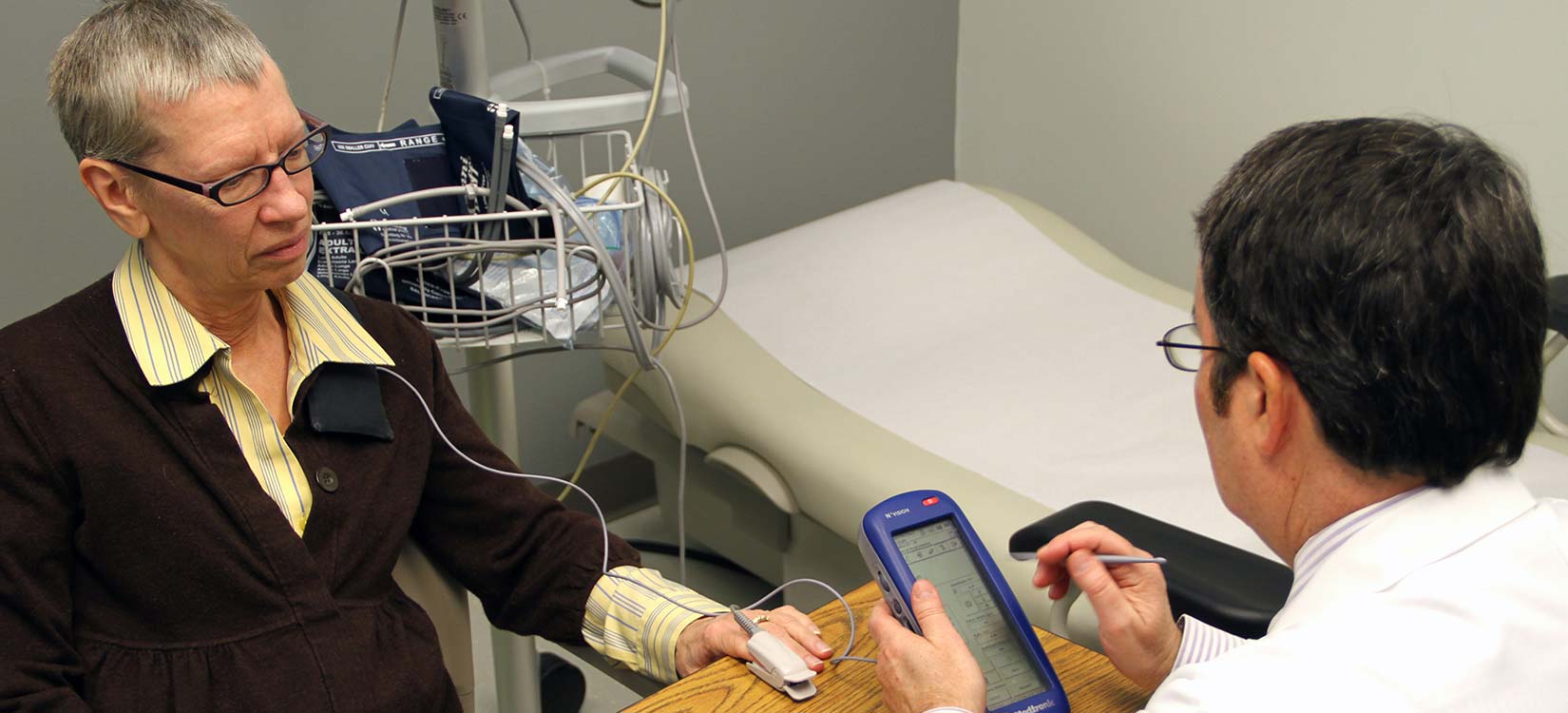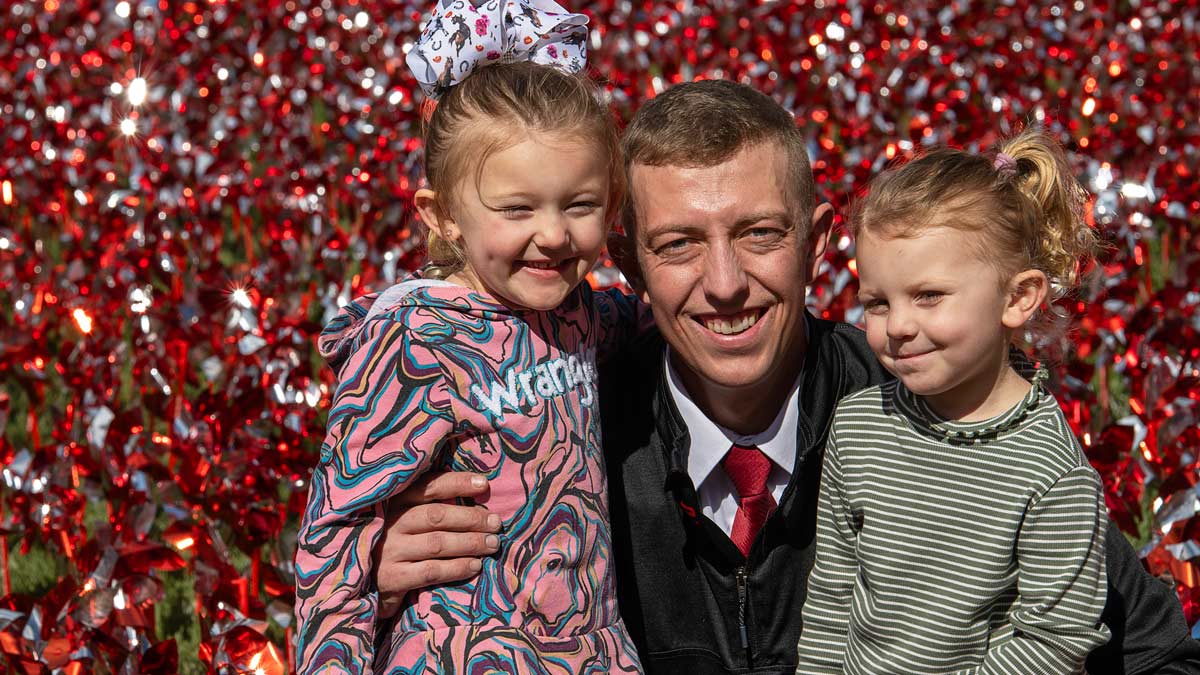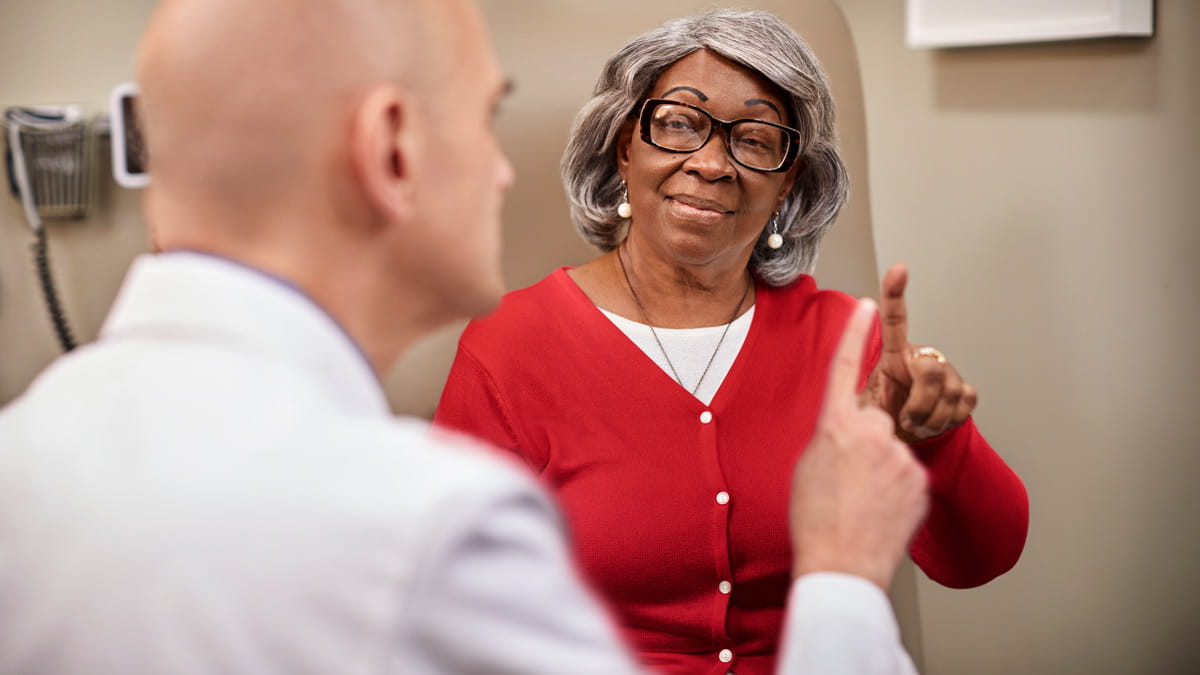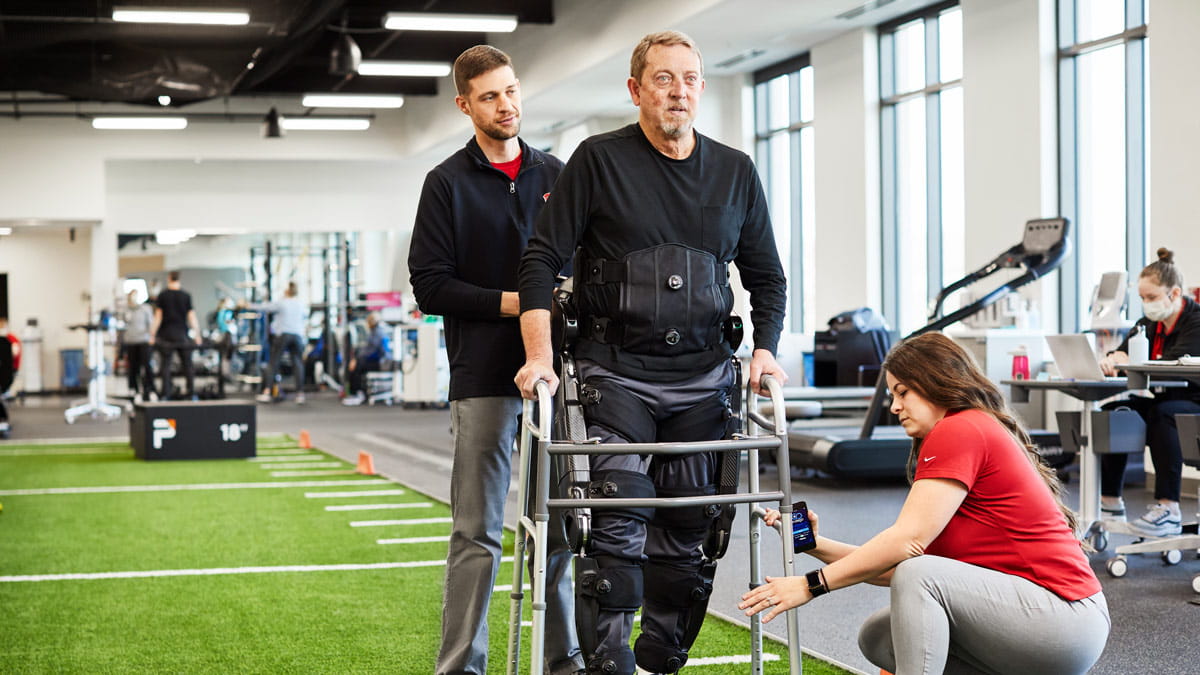Ohio State alum is the first person in the U.S. to receive deep brain stimulation for Alzheimer’s
 Kathy Sanford had always been at the top of her class and even received two degrees from Ohio State. It was only years later, when she was working as an insurance analyst, that she noticed something wasn't quite right. She had trouble learning new tasks at work, and she started to forget where she parked her car or left her glasses.
Kathy Sanford had always been at the top of her class and even received two degrees from Ohio State. It was only years later, when she was working as an insurance analyst, that she noticed something wasn't quite right. She had trouble learning new tasks at work, and she started to forget where she parked her car or left her glasses.
Her doctor recommended Ohio State's Memory Disorders Clinic. That's where Ms. Sanford met Maria Kataki, MD, PhD, assistant professor of Neurology at The Ohio State University Wexner Medical Center. "I suggested that she would be a good candidate for deep brain stimulation (DBS)," explains Dr. Kataki.
Since Ohio State's Wexner Medical Center is on the leading edge of the field of DBS, experts at the Clinic were initiating an FDA-approved study to determine whether DBS could also improve outcomes for patients with Alzheimer's disease.
"Ms. Sanford was eager to enroll, and she underwent surgery in October 2012 to become the first Alzheimer's patient to undergo DBS treatment in the United States," says Dr. Kataki.
"Our surgical team noticed an immediate improvement in Ms. Sanford's memory performance when the pacemaker was turned on."
Now at the age of 60, Ms. Sanford maintains her physical health and a good sense of humor, according to her father, Joe Jester. "The stimulation slowed down the progression of memory loss. Knowing everything we know now, we would do it again," he says.
"I am glad we are able to offer patients suffering from Alzheimer's and other types of dementia new options to improve their quality of life," says Kataki. Clinicians at Ohio State's Memory Disorders Clinic are continuing to study the effectiveness of DBS for treating Alzheimer's disease, as well as for traumatic brain injury, addiction, eating disorders and autism.




